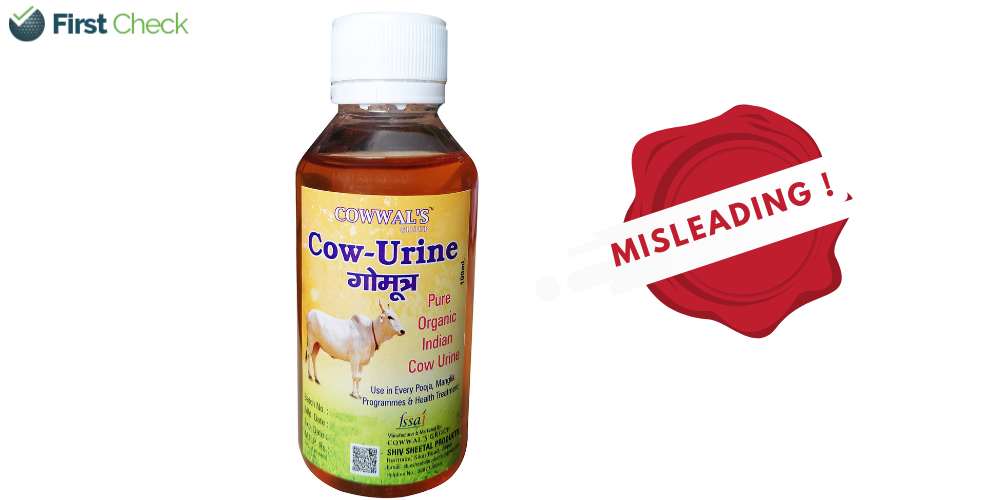Fact-check: Smoking harms oral health in numerous ways
Author
Author
- admin / 1 year

- 0
- 2 min read

Author
Reduced blood flow makes it tougher to detect gum disease in early stages, as bleeding gums are an early warning sign.
While the risks of oral cancer due to tobacco use are well-known, many people are unaware of other detrimental effects on dental health. Research shows that tobacco use causes periodontal disease, oral mucosal lesions, implant failure, salivary gland hypofunction, and dental caries, among other oral diseases and conditions.
For starters, teeth with unsightly yellow or brown tint are common among smokers and tobacco users. The discoloration is caused by the tar and nicotine present in tobacco products, leading to stains that can be challenging to remove.
Furthermore, tobacco use reduces blood flow to the gums, hampering their ability to heal after damage. The increased vulnerability, combined with the buildup of plaque and bacteria on teeth, leads to a higher risk of developing severe gum disease, or periodontitis.
The symptoms could include bleeding, red and swollen gums, persistent bad breath, and loose teeth. If left untreated, gum disease can ultimately result in tooth loss, or gingivitis. Besides, reduced blood flow can make it tougher to detect gum disease in its early stages, as bleeding gums are often an early warning sign.
Studies have also found a strong correlation between smoking and a higher risk and severity of halitosis. The chemicals in cigarette smoke cling to the surfaces inside the mouth, promoting the growth of certain bacteria that produce unpleasant odours. Additionally, smoking dries out the mouth, reducing saliva production and allowing bacteria to multiply more easily. This combination of factors can lead to a persistent, stale, and unpleasant breath commonly referred to as “smoker’s breath”.
Regular dental check-ups and professional dental cleaning can help mitigate the effects of tobacco use on oral health. However, quitting tobacco remains the key to optimal oral health.
Read More: Fact-check: Paternal smoking, obesity can harm unborn babies










